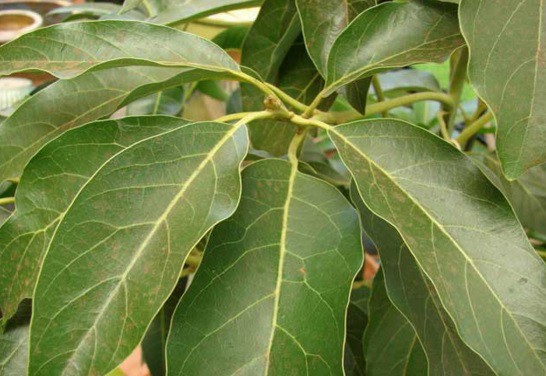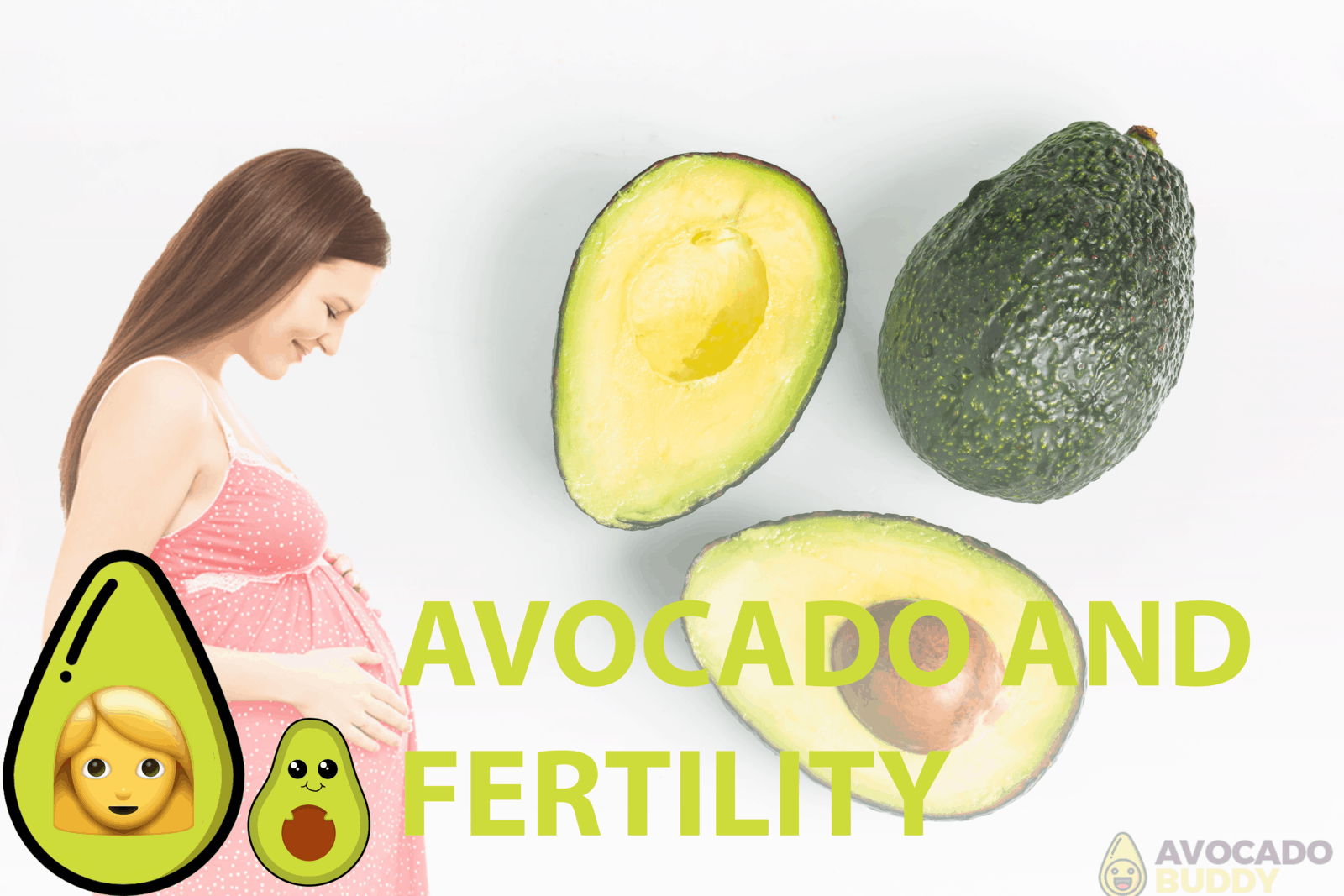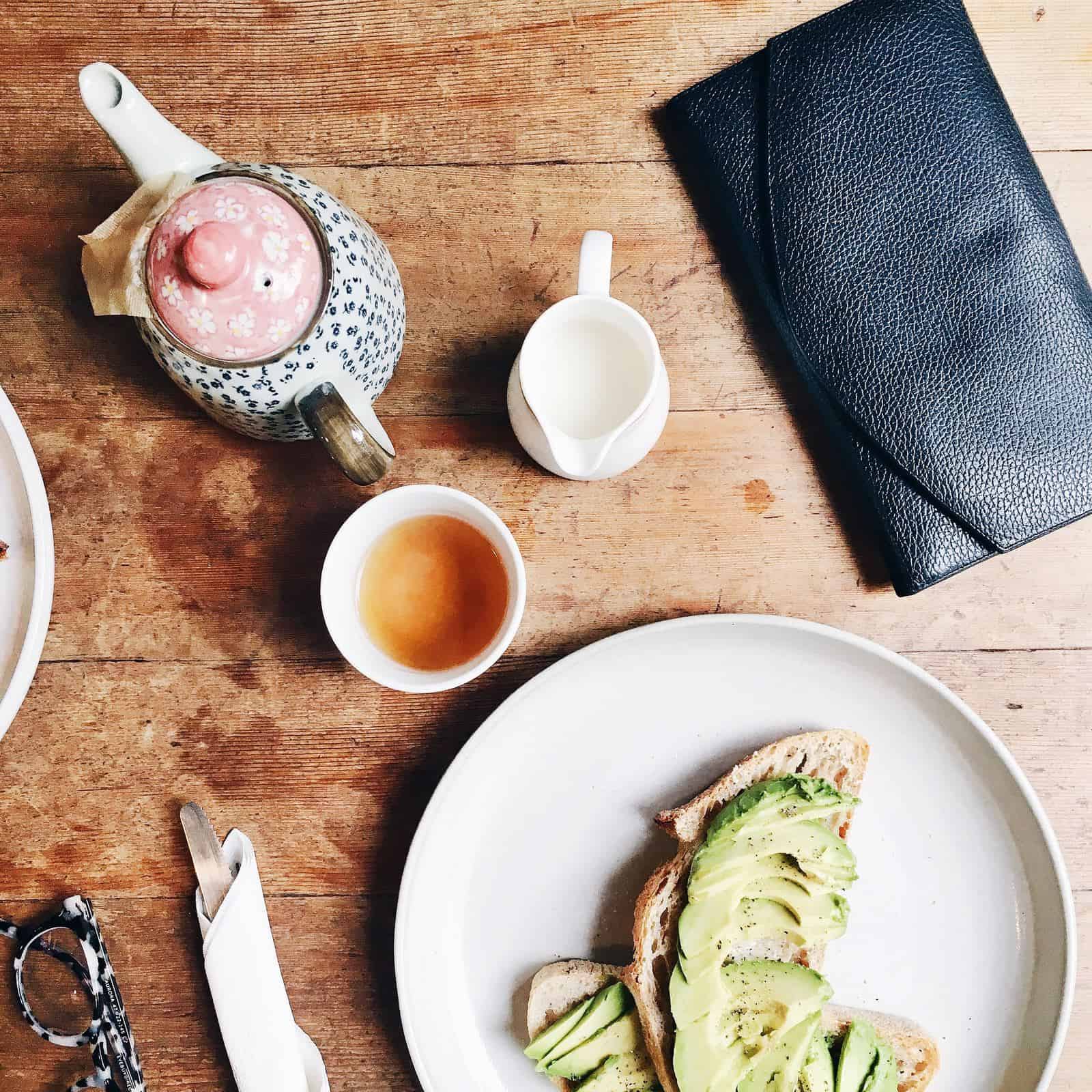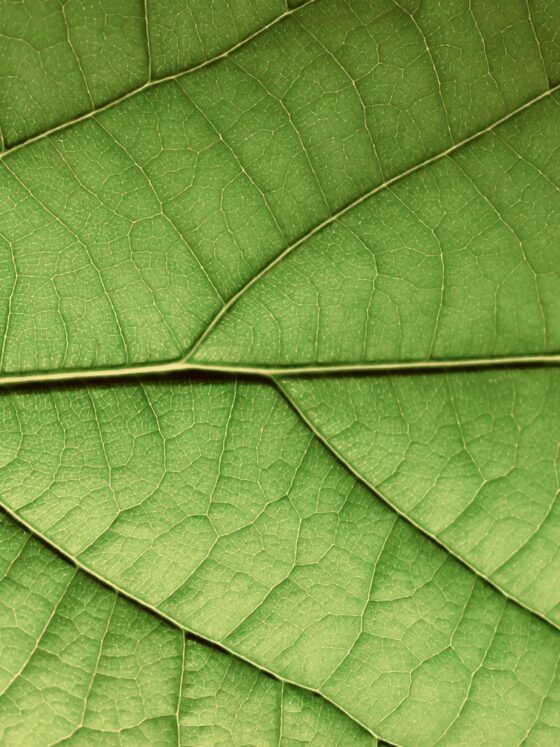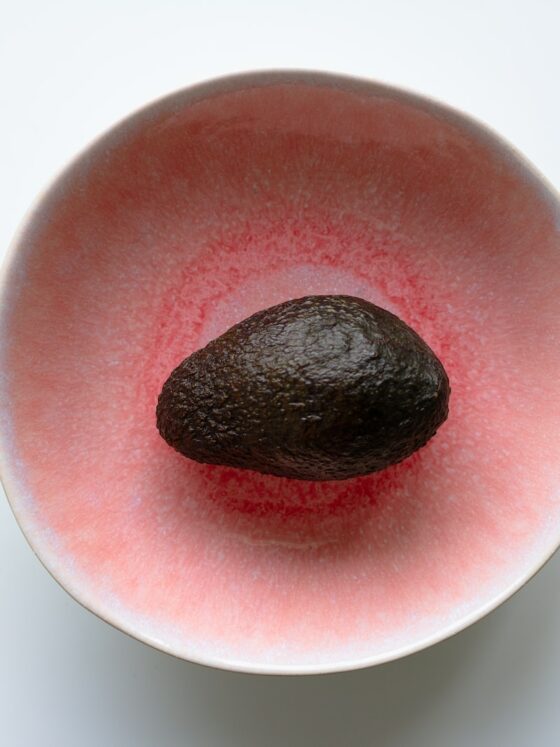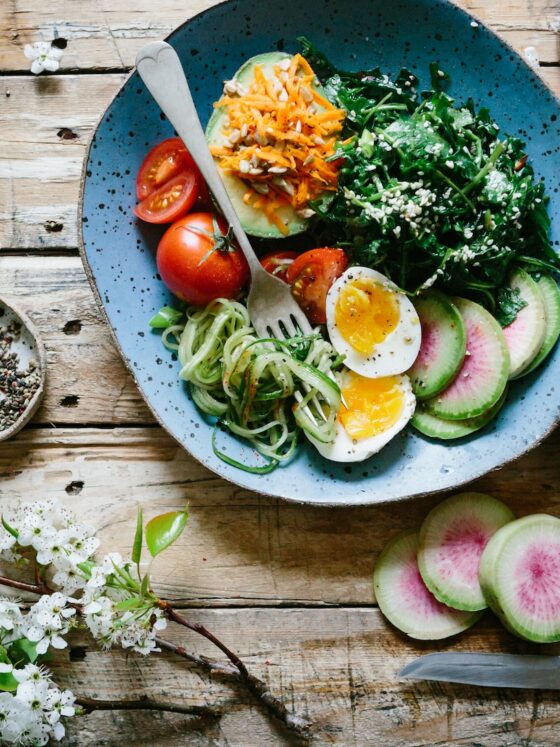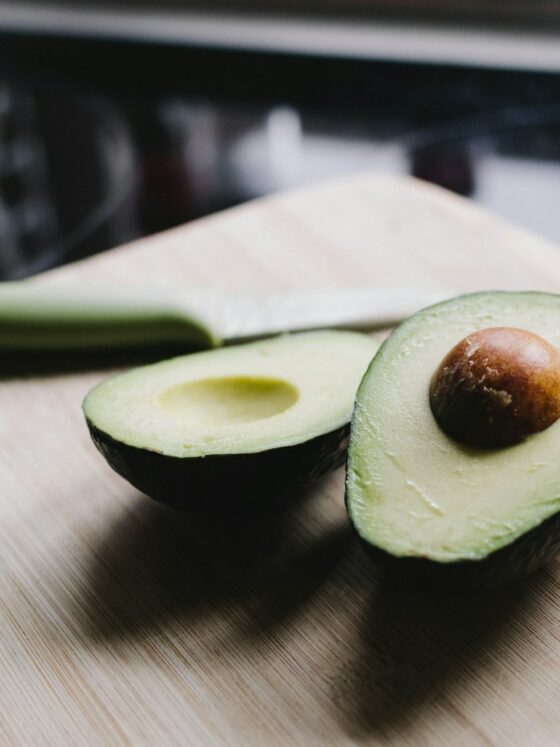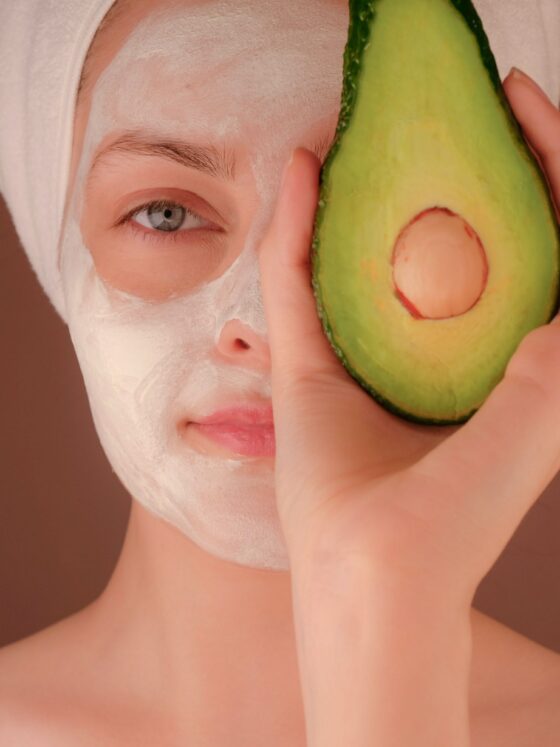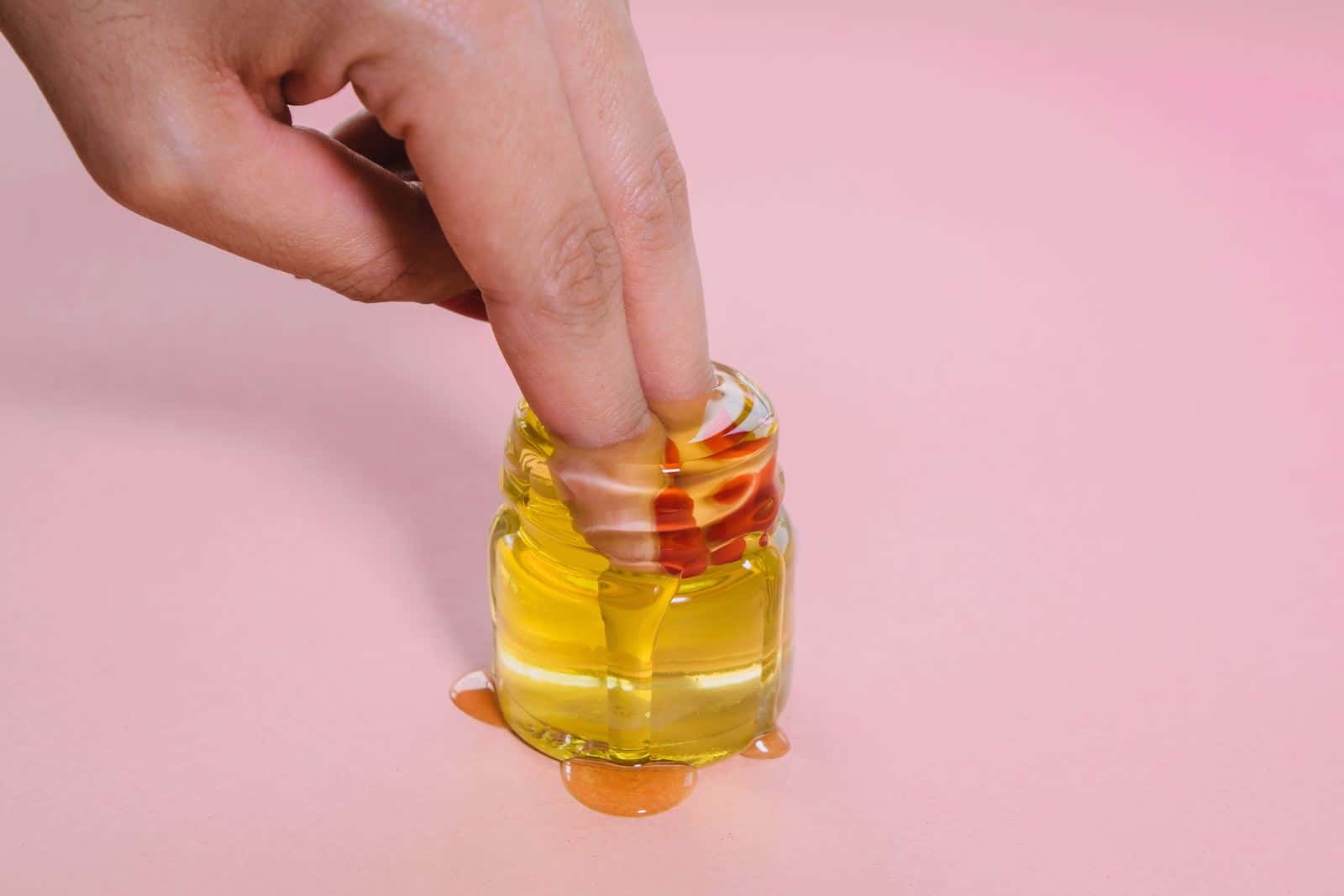We’ve already previously discussed why exactly avocado is beneficial, with its unsaturated fats and high vitamin contents. We’ve also discussed the powerful antioxidant properties of the avocado seed here.
Both the flesh and the seed of the avocado fruit help us enhance the flavor of our food, cleanse our body, boost our immune system and our cardiovascular activity, clear our hair, skin, and nails, all while being keto-friendly and very easy to prepare in the kitchen… But wait – there’s more, literally!
Did you know there are other parts of the avocado tree that are not only edible but very good for you, too? If you think we’re exaggerating – you should keep reading this article, because we’re going to list the unique health benefits and properties of introducing avocado leaves to your diet.
The avocado tree, be it a short or tall tree, tends to branch out with a quite decorative appearance. The avocado fruit hangs off of branches and twigs densely packed with semi-large, bright green leaves which, in perspective, take up a large amount of the whole plant.
When cultivating avocado, you need to prune your tree, aka cut off heavy, old, or low-rising branches. Thinking that there’s nothing useful on these branches, you might throw them away wholly. After considering all of the following points, you might soon be seeing yourself plucking off leaves off of your tree branches before throwing them away.
Table of Contents
Are avocado leaves even safe to eat?
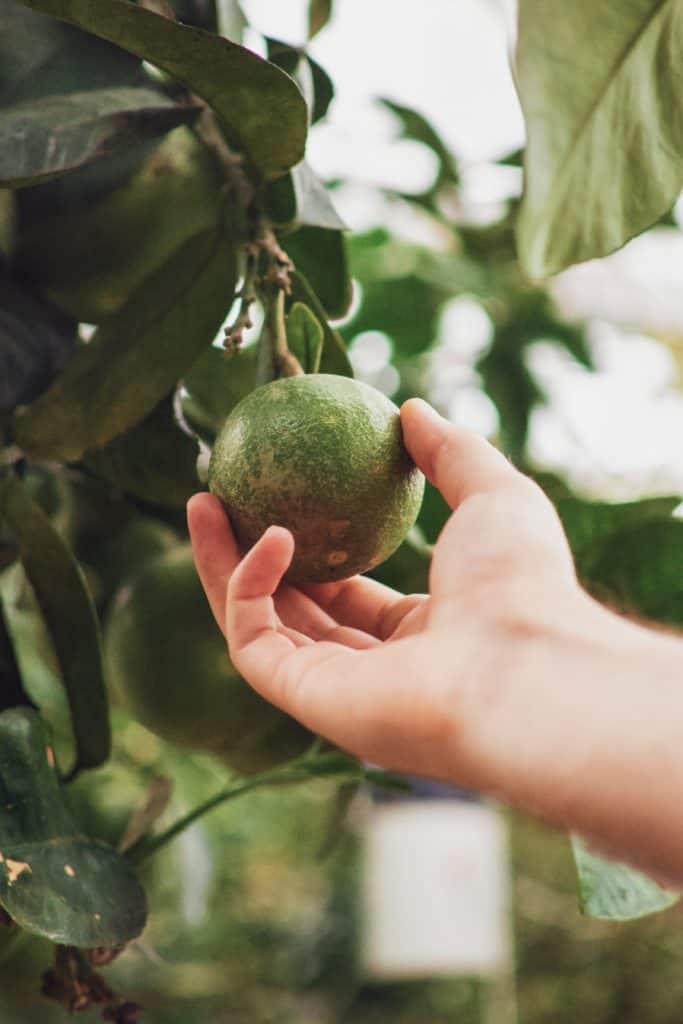
The answer to this question is yes and no. The leaves of some avocado trees are considered toxic, but the Mexican variety of the tree, the drymifolia, is not only NOT toxic, but it’s also very nutritious. There was a hype going on about toxicity reports from the University of California in 1984 that reported goats suffering high toxic effects while ingesting a large amount of Persea Americana leaves.
The same study was debunked in Diana Kennedy’s book From My Mexican Kitchen where she provides evidence of studies using, again, goats – but who now ate the leaves of the Mexican variety avocado tree. The results showed no toxic effects this time.
In parts of Mexico, specifically Puebla and Oaxaca, avocado leaves are considered a culinary specialty, used to spice up soups, stews, beans, casseroles, marinades and so much more. With information on ingredients becoming widespread through the rise of technology, avocado leaves soon found their way into kitchens around the globe.
People also tend to have a sense of repulsion because of the appearance of avocado leaves, as some avocado leaves may have small “galls” on their underside, which look like they’re not something that should be edible, but they actually even help enhance the flavor. Knowing just how much the leaves can benefit your health in daily consumption, you might change your perspective…
Nutritional Value of Avocado Leaves
Protein
You won’t believe this, but avocado leaves actually contain more protein and fiber than the flesh itself! There’s approximately 25g of protein and 38g of fiber in 100g of avocado leaves. In comparison, the fruit contains only 1.60g of protein and 2g of fiber per 100g of flesh. Your body uses protein to build and repair tissues, but also to create enzymes and hormones. You can essentially consider protein as the building block of your bones, muscles, and skin.
Phytochemicals
Avocado leaves are also high in phytochemicals – plant chemicals such as phenols and flavonoids, which are antioxidants that show anti-diabetic, anti-clotting and anti-inflammatory properties. Limonene and Pinene, both found in avocado leaves, significantly increase mental focus, but also have antifungal and antibacterial properties. Studies also show phenols being capable of reducing cancer cells and potentially even lowering the risk of getting cancer altogether.
Minerals
Avocado leaves contain a substantial quantity of magnesium, zinc, iron, calcium, and potassium. Calcium helps support bone structure, while magnesium and potassium help relieve and relax sore muscles, but also boost blood circulation. Zinc work as an immunity booster, which is very helpful during the cold and flu season.
What are the Health Benefits of Avocado Leaves?
Reduce blood glucose
Avocado leaves are very beneficial for diabetic patients because they have hypoglycaemic properties, meaning they reduce blood sugar levels. Studies have shown a significant reduction of blood sugar levels in diabetic rats for six hours after taking extracts of avocado leaves.
Reduce convulsions
Ingesting avocado leaves increases the activity of the GABA neurotransmitters in the brain, and this, in turn, reduces nervous activity. This is why avocado leaves work as a mood enhancer, but also as a natural remedy for convulsions and epilepsy. Serotonin or one of the “happy chemicals”, is also found in significant doses in avocado leaves. It not only promotes healthy brain and neuron function, but it also treats depression and nervousness. African traditional medicine uses avocado leaves to treat epileptic and anxious children. Studies performed on rats with artificially induced seizures show a significant reduction in (PCT)-induced seizures, even in the sense of comparing to seizure medication.
Boost digestion

The presence of ulcers gives off a burning, painful sensation in the throat, chest, abdomen and bowel region. Ulcers are a direct result of prolonged indigestion. This is where avocado leaves step in – the phytochemicals found in avocado leaves directly affect digestion – easing up sore bowels and helping regenerate the flora of your digestive tract. This is exactly why, in appropriate doses, avocado leaves help fight diarrhea, and even protect you against bacteria and viruses that could potentially attack your digestive tract.
Assist weight loss
Avocado leaves in a tincture or tea mimic an effect of “fullness” in your stomach without causing any nausea. Combined with helping your digestive tract, ingesting avocado leaves can cause significant weight loss. A study conducted on overweight rats shows that after eight weeks of regular avocado leaf consumption without other dietary changes reduced weight gain by a bombing 25%!
Reduce insomnia
Limonene and serotonin in a tandem regulate our mood and appetite. In turn, this also helps insomnia patients. The calming effects in avocado leaf tincture or tea help sleep disturbances. Many patients with insomnia treat this issue indirectly after treating their depression and anxiety. As avocado leaves directly affect your mood, they also directly affect your sleep.
Improve cardiovascular health
Avocado leaves have a positive effect on your cardiovascular activity – lowering blood pressure while promoting healthy blood circulation. The magnesium in avocado leaves helps treat hypotension and normalize the cardiovascular system. Magnesium is often prescribed to patients with a risk of heart rhythm disorders. Consuming avocado leaves on a regular basis can work equally as well as regularly taking a lower dose magnesium supplement.
Aid breathing and oral health
Pinene in avocado leaves is not only good for increasing your mental focus – it also acts as a bronchodilator, making the use of avocado leaves even more beneficial for patients suffering from asthma or any other breathing issues. Pinene directly affects air passages upon ingestion, which can also help you heal faster and calm down more easily after an asthma attack or a viral infection that caught onto your lungs and throat. Because of the aforementioned antibacterial effects, avocado leaves are a great way to treat oral thrush and gargle out tonsil stones.
Reduce headaches
We’ve already seen that Pinene on its own is universally beneficial in more areas than we can think of, but when combined with Quercetin it can produce analgesic effects by blocking the part of neurotransmitters that send pain impulses to your brain. With the anti-inflammatory effects in stock, it can quickly relieve both sinus headaches and also migraines.
Reduce swelling
Linking onto the benefits of Quercetin – it’s a powerful plant chemical that helps reduce swelling that occurs due to muscle tear or after surgery. A good thing about avocado leaves is that they can be used inside and outside, meaning you don’t have to ingest the leaves for them to help you, but you can also wrap up your sore body part or injury with mashed avocado leaves to directly affect the damaged area. This is exactly the reason why avocado leaves also relieve back pain, both as a topical relief and as an oral supplement. It’s not only back pain that can be treated with avocado leaves, but also arthritis, toothache pain, and all other kinds of bone aches.
How to Prepare Avocado Leaves

There are numerous ways avocado leaves can be used. It’s important to know that avocado leaves are equally safe to use fresh as they are dried. Here are some ideas for preparing avocado leaves:
Fresh
Fresh avocado leaves can be eaten as is. You can add them to your salad cut up into larger pieces, or even mashed into a paste that can be used for marinades. You can also toss fresh avocado leaves into a toaster for a crunchy snack, or into the pan to sauté with your favorite dish for extra flavor. Fresh avocado leaves and avocado leaf paste is also easier for topical use.
Dried
Dried avocado leaves have two main usages – you can put dry leaves in a teabag to make for excellent avocado tea. You can also mash up dried avocado leaves and use it as a spice. Kept in good conditions – it’s unlikely to go rancid. Avocado leaves are very rich in flavor, even when dry. This is exactly why many tropical kitchens rely on avocado leaves for pleasure enhancement. Because of the anti-inflammatory effects and large percentage of protein, dried avocado leaves can be added to pre and post-workout shakes as a means of treating or preventing DOMS.
Cosmetic use
Avocado leaves are not just good for aches, pains and heart issues, their minerals and properties also make them a good DIY ingredient for your hair and face masks.
Maintaining black hair
Avocado leaves contain some pigment which is good for maintaining black hair. The small hint of color can help even out the tone of dark hair that has been lightened during sunny weather or due to improper hair care. It is also healing for dry and brittle hair that lacks shine and moisture. You can mash some fresh and young avocado leaves to make a paste that you can rub into your hair and leave on for about fifteen minutes, which will help gently dye and tint your hair while also nourishing it as a standard hair mask would.
Prevent hair loss
One of the vitamins that avocado leaves are rich in is vitamin B – all of its variations. Vitamin B prompts hair growth and also helps strengthen hair roots. Beware if you have light hair and you wish to use avocado leaves as your anti-hair fall treatment, as we discussed in the previous step that it might produce a subtle stain.
Smooth and luminous skin
The same way you can make a hair mask, you can also make a face mask. The antioxidant properties of avocado leaves help maintain skin elasticity by destroying free radicals, which leaves the skin smooth and supple. Avocado leaves, with all of their benefits, help protect our body from degenerative diseases, both while digesting them and while applying them topically.
This is why avocado leaved can be found in many anti-aging products. The simple leaf-paste-mask can also be used to treat acne. The antibacterial and antiseptic agents rapidly attack acne cells, and other blemishes and imperfections due to accumulated dirt. This is why you can use avocado leaves for spot treatment. Avocado leaves can in the same sense be used as an evening face wash.
Conclusion
While the leaves of some types of avocado trees might be toxic, the leaves of the Mexican variety of the tree are quite the contrary. They are very safe for human consumption even in larger quantities and are a preferred spice for many tropical cuisines. The reason for this is not only the very specific and rich taste but also the various benefits that the leaves have for both your overall health and your hair and skincare due to the rich nutritional value of the leaves.

